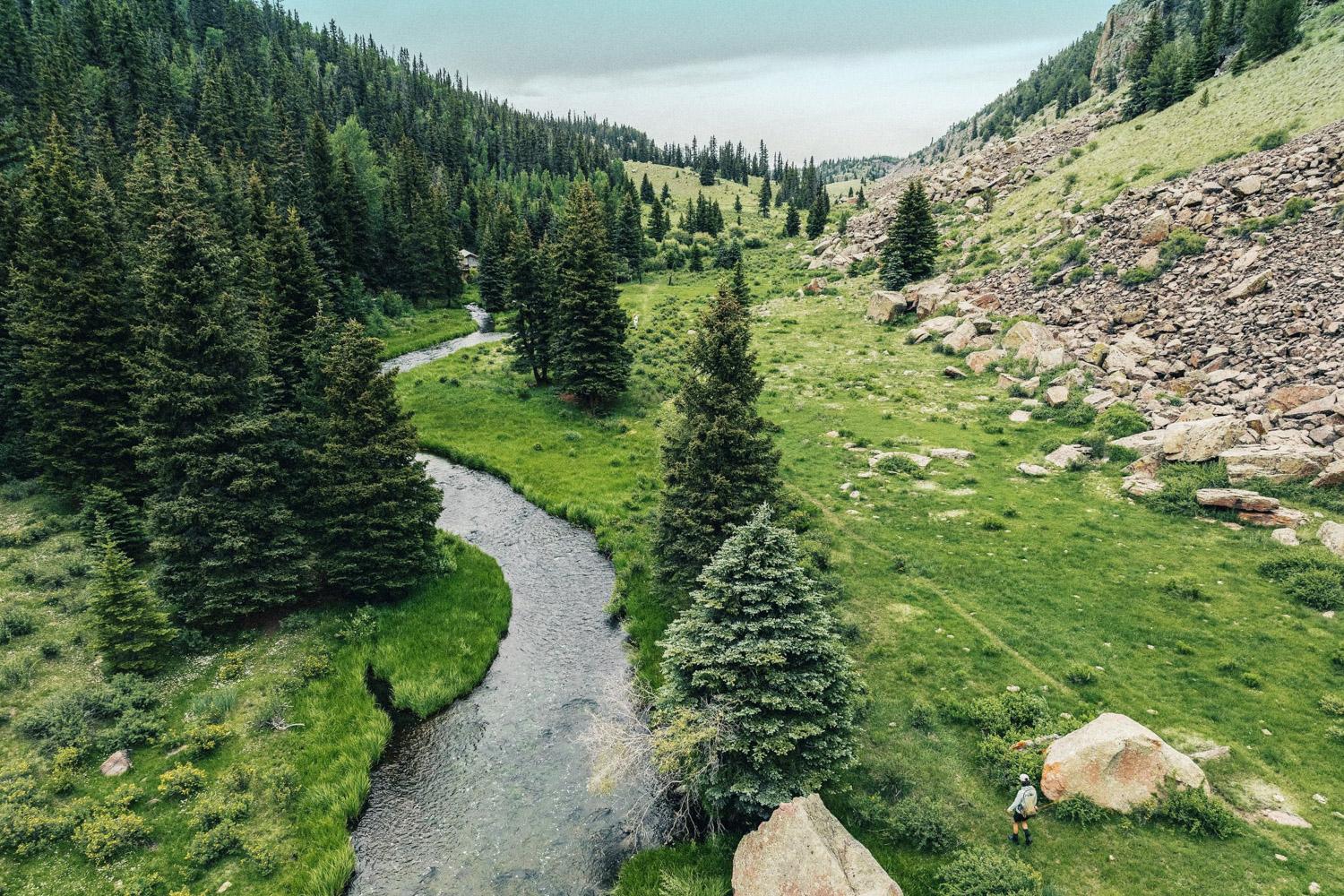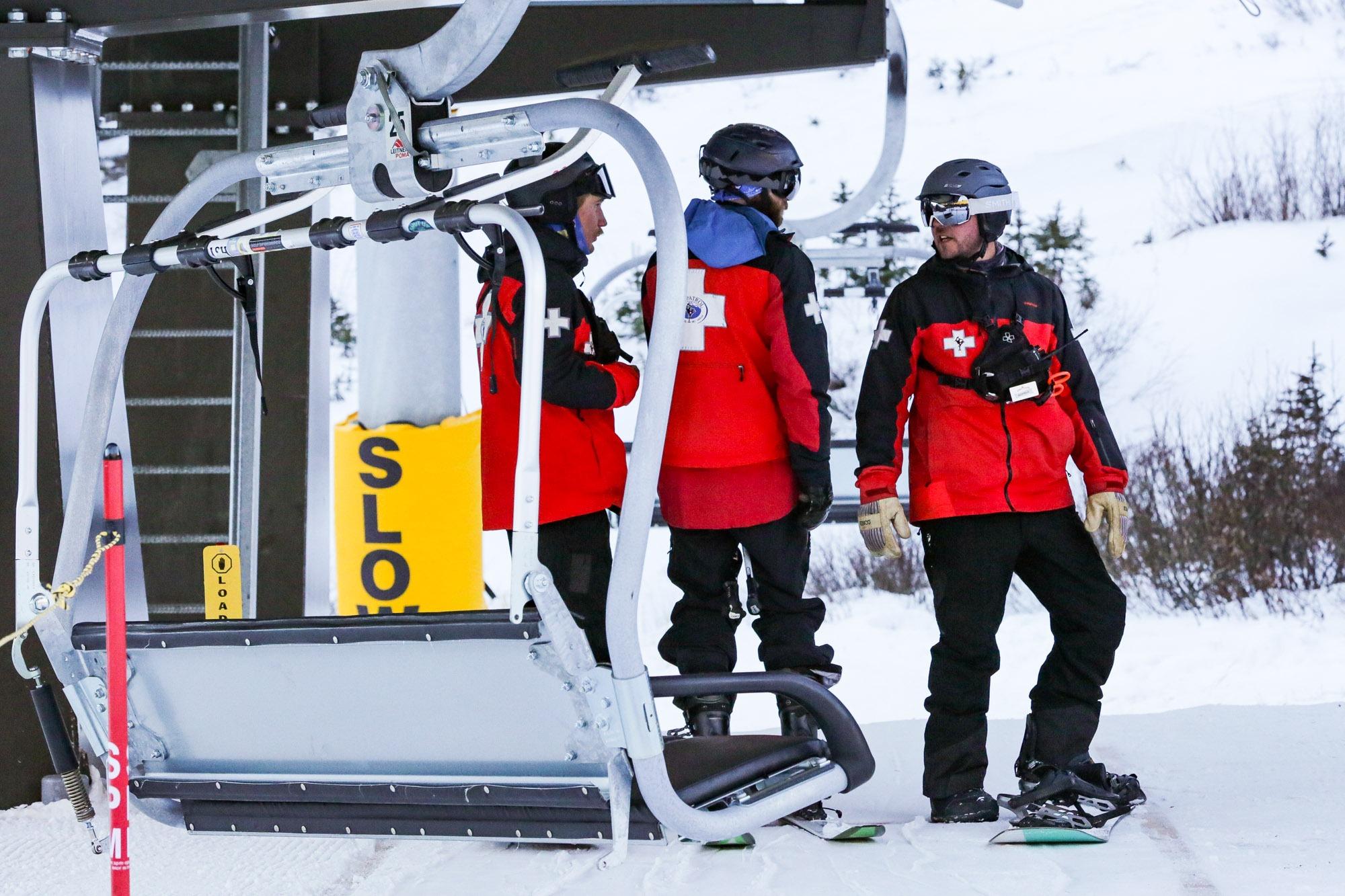
It's official: Colorado got a huge break from wildfire smoke in 2022.
One indication comes from pollution measurements at the CAMP Air Monitoring Station in downtown Denver. Among other pollutants, the site tracks PM 2.5, a name for tiny particles smaller than 2.5 microns in diameter that can burrow deep into people’s lungs and survive in the bloodstream. Researchers have linked exposure with asthma, heart attacks, lower birth weights and premature deaths.
Unfortunately, wildfire smoke is full of the stuff.
The Denver air monitor measured a massive spike in the PM 2.5 in the summer of 2021. As smoke poured in from fires in California and the Pacific Northwest, average daily concentrations jumped three times higher than health standards recommended by the World Health Organization.
That same monitor measured a significant decrease this summer, measuring the lowest average daily PM 2.5 levels in more than a decade.
Scott Landes, Colorado's air quality forecaster, presented the data to a joint meeting of state air quality and health commissioners on Tuesday. He said a pair of factors explain why smoke canceled its trip to Colorado this summer.
"Two things in play here: fewer fires and better steering winds," Landes said.
On the first point, Landes noted recent estimates from the National Interagency Fire Center. By this time last year, about 4.9 million acres had burned in the western United States — almost four times the total recorded so far this year. Wildfire activity in Colorado was relatively low throughout the summer months, too.
Wind patterns also helped protect Colorado from the smaller amount of smoke, Landes said. An intense high-pressure ridge over the state helped push most wildfire smoke further to the north during the hottest summer months.
But that same high-pressure pattern had a downside: high temperatures. In 2022, Denver experienced the second-hottest July on record, the fourth-hottest August on record, and the third-hottest September recorded with modern instruments, Landes told commissioners.
Those scorching days helped spur the formation of ground-level ozone. The pollutant occurs when other contaminants — like vehicle exhaust and emissions from oil and gas operations — react in the atmosphere amid high heat and sunlight.
Overall, the peak months triggered fewer ozone health alerts in 2022 than last year — but ozone pollution still exceeded federal health standards.
Ozone has proven to be a persistent problem along the northern Front Range. Earlier this year, the U.S. Environmental Protection Agency reclassified the region as a "severe" ozone violator after it missed multiple deadlines to bring pollution levels below federal health standards.
Recent studies have shown wildfire smoke can further accelerate ozone formation. Landes told commissioners that's likely why concentrations dropped during the summer of 2022 compared to last year.
It wasn’t enough to bring ozone contractions below federal standards or international health recommendations, though. Pollution levels remained high in Colorado, a pattern that could grow worse as climate change continues to turn up the heat each summer.









